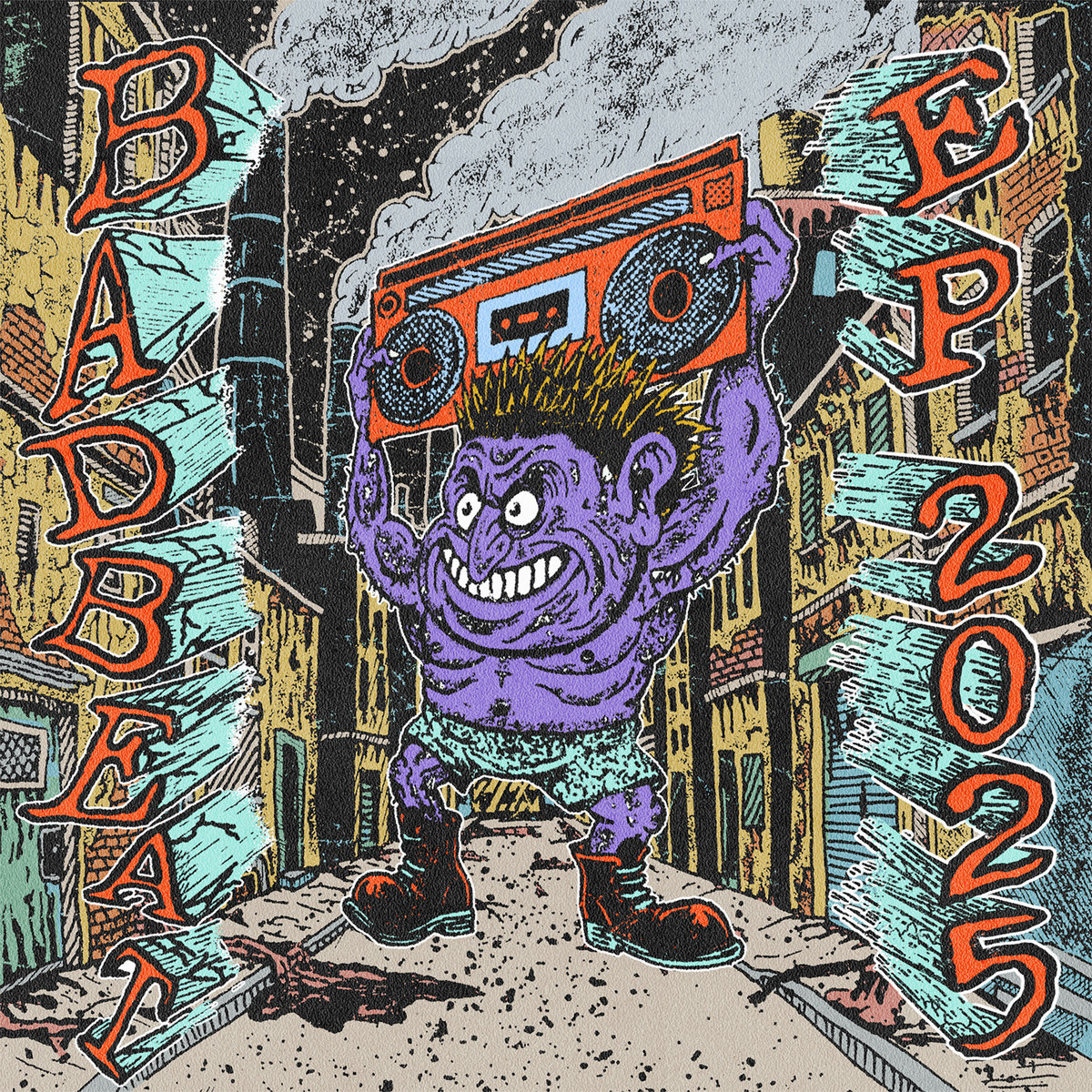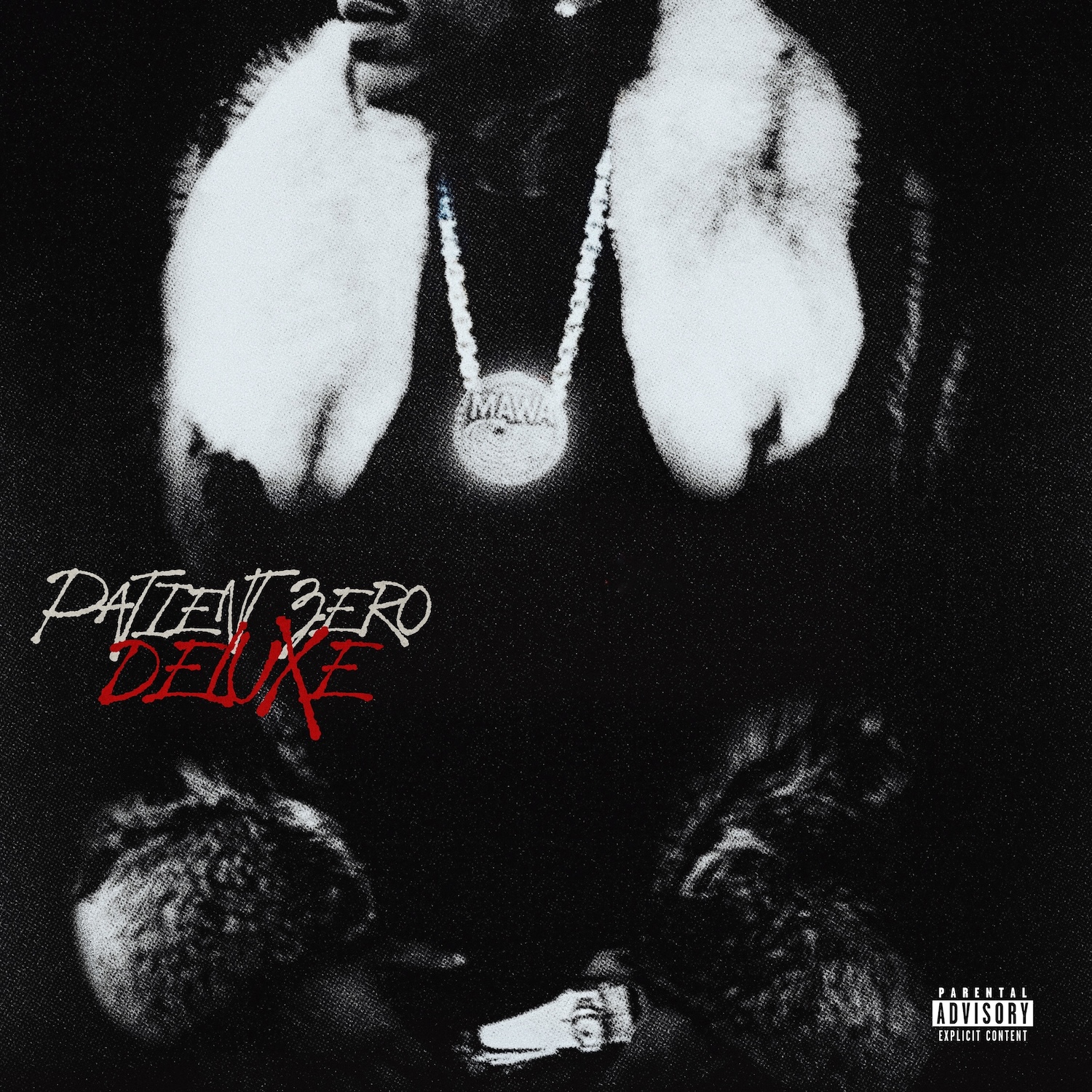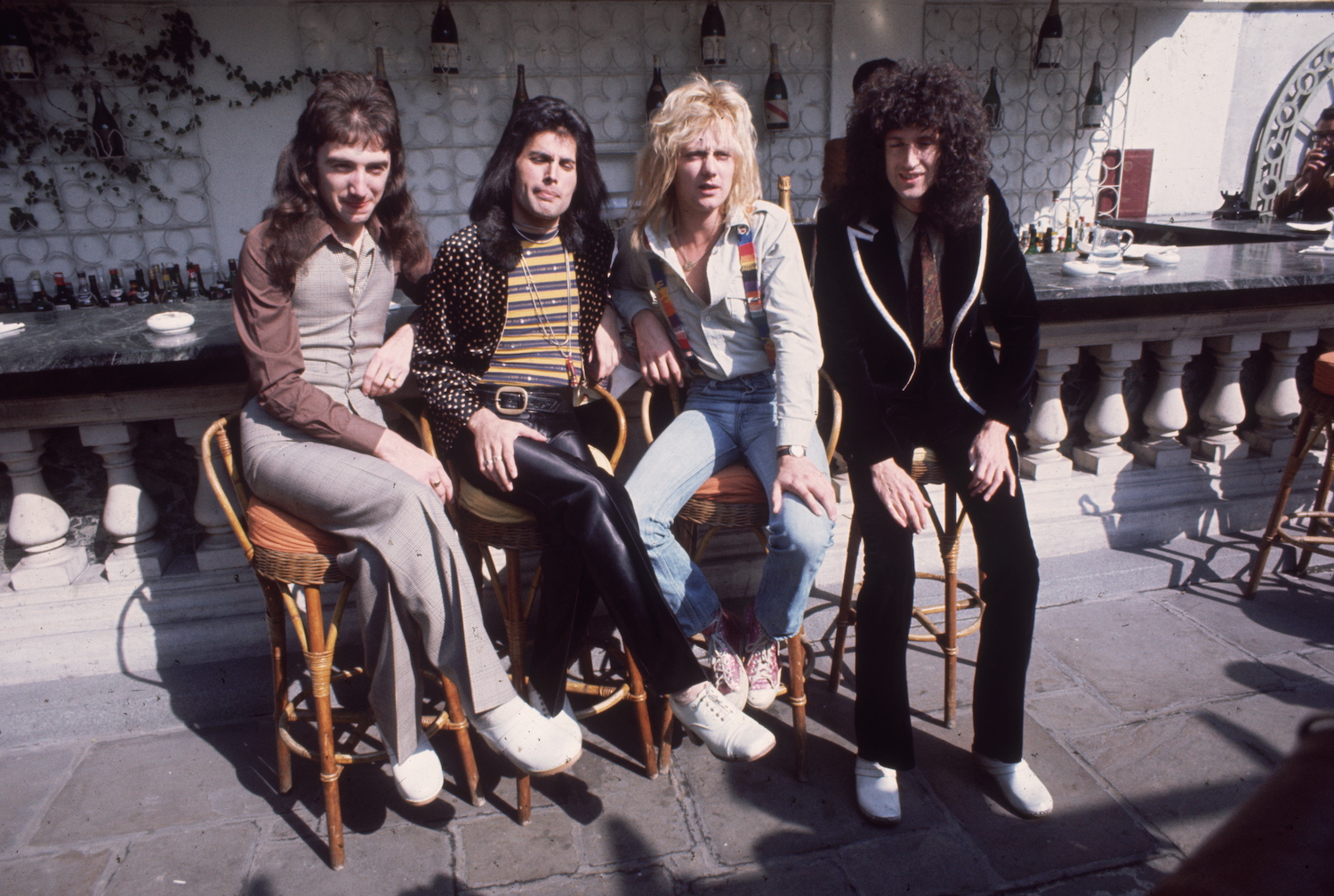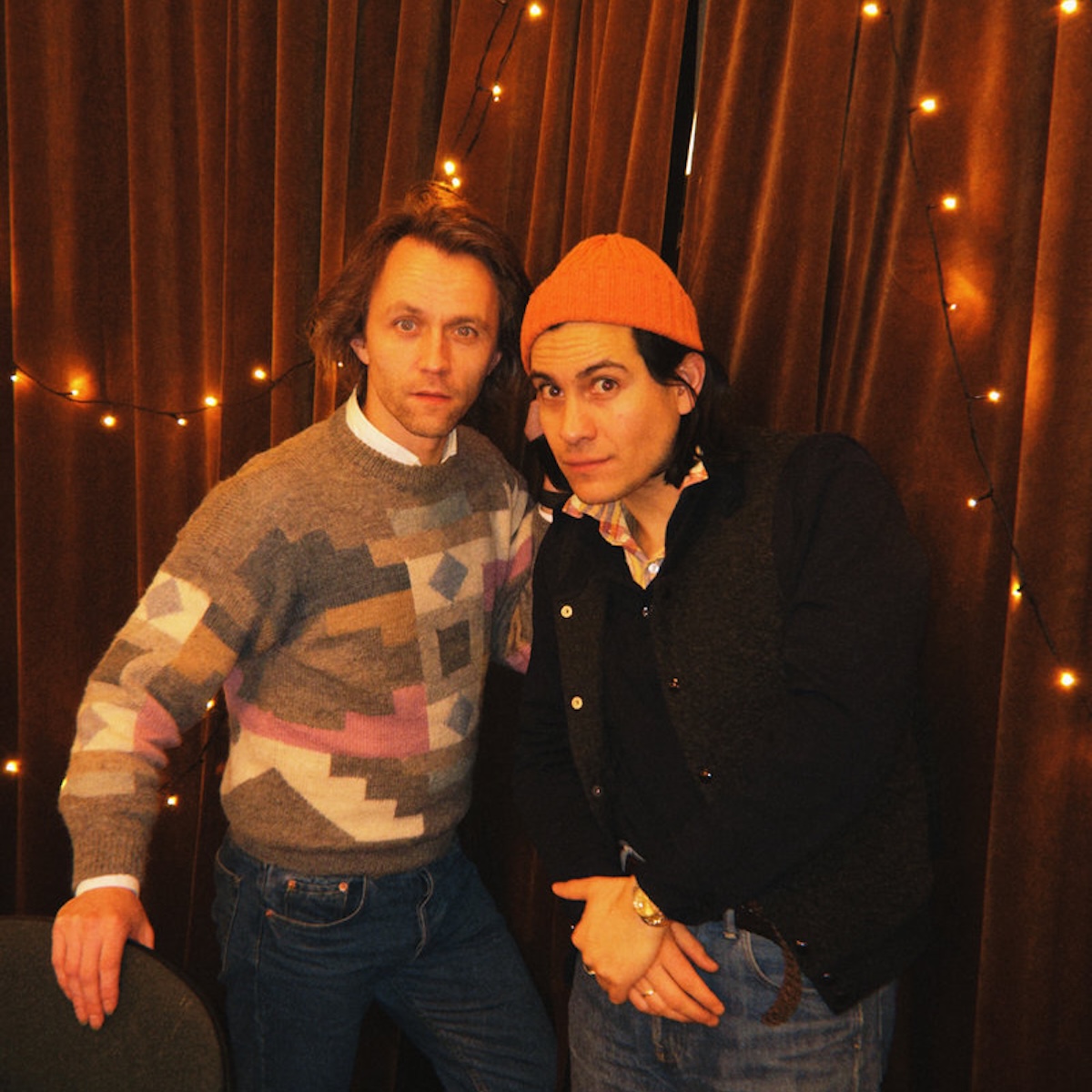Last year, electronic experimentalist Jlin released one of the best albums of 2017, Origami. She returns today alongside Holly Hernon with a new song, "Godmother," featuring "a nascent machine intelligence" named Spawn. Jlin's fractured dance music feels like a natural dance for Hernon's glitchy production. The single finds a deeply unsettling mix of hissing and beatboxing and other mouth sounds, paired with a video of faces morphing into one another. I don’t recommend watching this before bed, as I unfortunately did. Herndon expands on the track below.
For the past two years, we have been building an ensemble in Berlin.
One member is a nascent machine intelligence we have named Spawn. She is being raised by listening to and learning from her parents, and those people close to us who come through our home or participate at our performances.
Spawn can already do quite a few wonderful things. ‘Godmother’ was generated from her listening to the artworks of her godmother Jlin, and attempting to reimagine them in her mother’s voice.
This piece of music was generated from silence with no samples, edits, or overdubs, and trained with the guidance of Spawn’s godfather Jules LaPlace.
In nurturing collaboration with the enhanced capacities of Spawn, I am able to create music with my voice that far surpass the physical limitations of my body.
Going through this process has brought about interesting questions about the future of music. The advent of sampling raised many concerns about the ethical use of material created by others, but the era of machine legible culture accelerates and abstracts that conversation. Simply through witnessing music, Spawn is already pretty good at learning to recreate signature composition styles or vocal characters, and will only get better, sufficient that anyone collaborating with her might be able to mimic the work of, or communicate through the voice of, another.
Are we to recoil from these developments, and place limitations on the ability for non-human entities like Spawn to witness things that we want to protect? Is permission-less mimicry the logical end point of a data-driven new musical ecosystem surgically tailored to give people more of what they like, with less and less emphasis on the provenance, or identity, of an idea? Or is there a more beautiful, symbiotic, path of machine/human collaboration, owing to the legacies of pioneers like George Lewis, that view these developments as an opportunity to reconsider who we are, and dream up new ways of creating and organizing accordingly.
I find something hopeful about the roughness of this piece of music. Amidst a lot of misleading AI hype, it communicates something honest about the state of this technology; it is still a baby. It is important to be cautious that we are not raising a monster.
Herndon is currently working on the follow-up to her 2015 album, Platform. Listen to "Godmother" below.






